Beer, wine, and hot chocolate to win the Tour de France
Hydration has always been a key aspect in cycling, and therefore also in the Tour de France, its most international competition. But, what changes have there been in the habits of cyclists since the early years of the Tour de France?
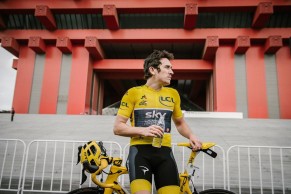
What did cyclists drink until the 1960s?
Alcohol as a regular drink for endurance sports, specifically for cycling? Today it would seem absurd to us, but until the 1960s it was a very common practice, completely widespread.
Beer, wine, and champagne were among the most consumed drinks, both during the route and once finished. Tea and hot chocolate were other products that Henri Cornet, winner of the Tour de France in 1904, consumed daily to finish in first position a race that had him on the bike for up to 18 hours in each stage.
RECOMENDADO
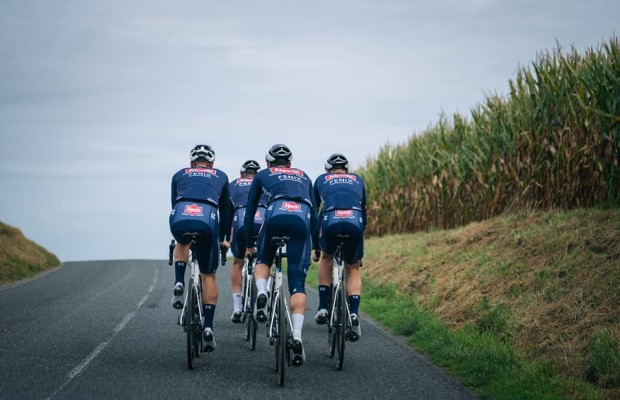
The cyclist's patience: how long, gentle training sessions build your best season
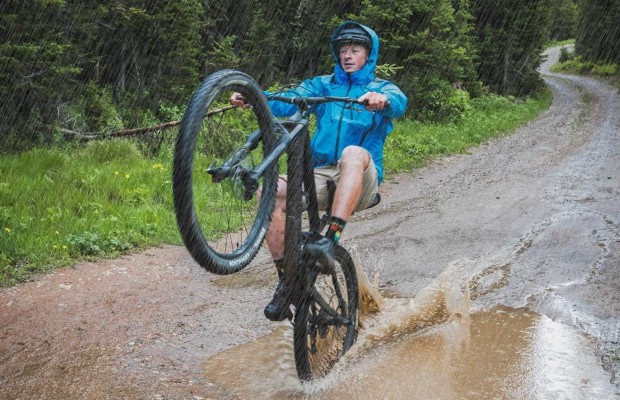
Tips for cycling in the rain
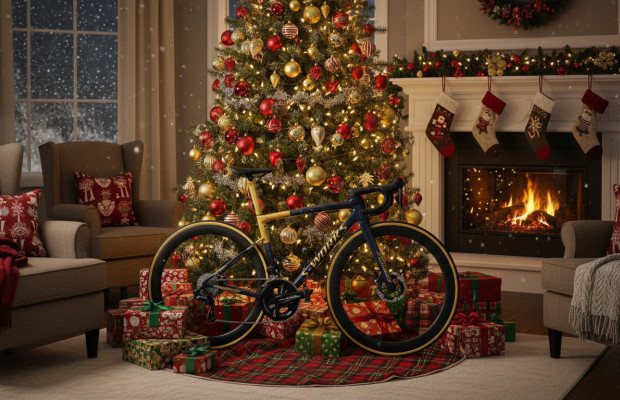
25 cycling gifts ideas to get it right

When do helmets have to be changed? Do they have an expiration date?
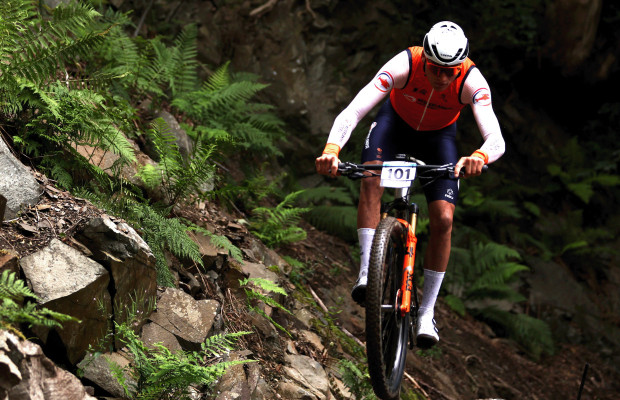
Some reasons to stay away from the road in winter
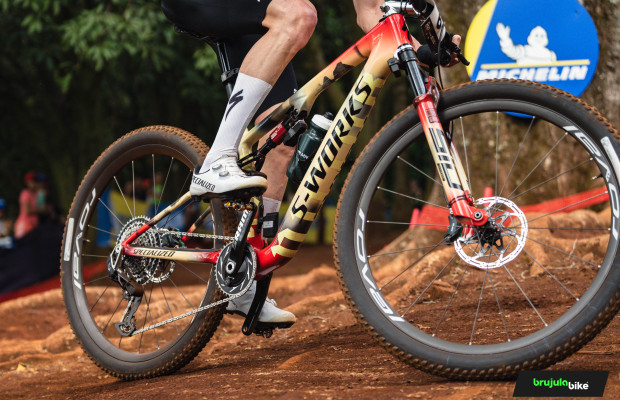
S-Works: what does it really mean and where does Specialized's most exclusive label come from?
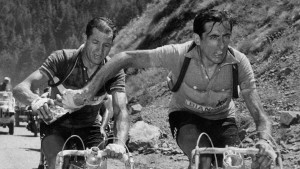
Today alcohol is banned
Things have changed a lot in the last 50 years. Today alcohol is completely banned from the diet of athletes during the Tour de France, even in the days leading up to the start of the competition.
Teams develop hydration strategies aimed at replenishing everything lost through sweat, not only water, but also sodium, potassium, magnesium, or calcium.
Thus, the bottles of Tour de France cyclists can generally contain three substances depending on the circumstances: hypertonic drinks, isotonic drinks, and hypotonic drinks.
As for the quantity, it is estimated that each cyclist should ingest about 10 liters of liquid each day. Usually, this amount varies slightly to adapt to the sweating of each individual, previously calculated, and to the intensity of the stage in question.
This is how the hydration of cyclists in the Tour de France has changed from its beginnings to our days. What do you think? Do you think it should be like this?